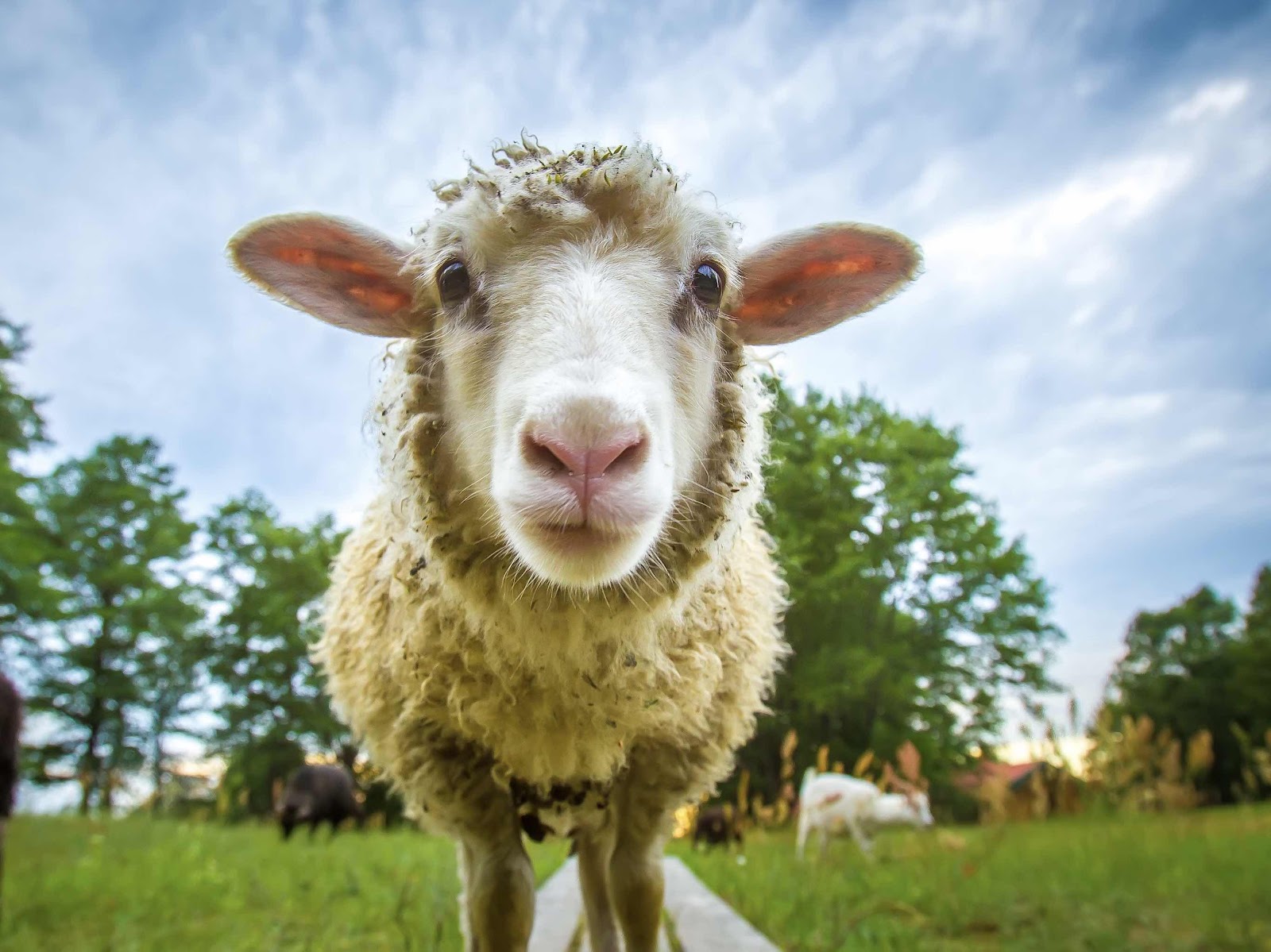Omniart Notebook

My latest unit of art is called “Flowering Rainbow”
But before I show it to you, let me tell you what went into it!
It started with the Värmwool. This is a story of some sheep in Sweden, the lost “forest sheep”. More than a hundred years ago, when wool processing began to go the way of factory farming, new breeds of sheep were introduced to Swedish farmers which were “nice and fat for eating,” as well as bearing the uniform, factory ready, wool needed by the mills.
The old breeds of sheep were abandoned. Thought lost and gone forever, some just wandered wild in the forest for many years. Thirty years ago, the first of several of these heirloom breeds was rediscovered; a flock with only a few dozen sheep. Sweden now protects these “heritage breeds”. They are too skinny and stringy to eat, and their wool is not uniform enough for commercial use.
I am thrilled to find an entire raw fleece from this first rediscovered breed, Värmwool, for sale, and send for it.
Her name is Ester, and these are her latest babies. She lives on a small farm and is treated like a beloved pet.
.
The ad for this year’s fleece features a description of her personality as well as photos of her babies

The wool from these old breeds if often quite variable, both on length of locks and composition of fibers. Ester’s locks, or “staples,” are a mix of guard hairs, long, strong, hairs, and soft, fluffy undercoat.

Often with animals, the undercoat is shed naturally in the spring when it no longer needed for warmth, and the guard hairs stay on. Some animals are simply combed at this time for just the soft undercoat fur. Some old breeds shed their entire winter coat in one, whole, partially-felted-up piece: a wonderful violence-free sheep-fur rug! I have one, and it looks just like a sheepskin rug, but with no stolen skin underneath. No animals were harmed.
I wash the naturally black fleece and spin it up whole; guard hairs, undercoat fur, and all.
For the rest of the wool for my latest unit of art, which you about to see, I obtain a whole, raw, merino mix fleece from a local farmer who also practices ethical and nontoxic animal care. She has a diversity of animals on her small farm.

She says: “I decided years ago that I couldn't save all the animals, but I could save my own, so that is my focus. Any animal here is here for life.”

I hand wash the beautiful soft, beautiful white fleece. It has four inch staples!.
I dye it by hand in the the crock pot and spin it up into the the rainbow of yarns I make for this project.
I weave, hook, and knit it into my art creation. It comes out awesome!

Flowering Rainbow